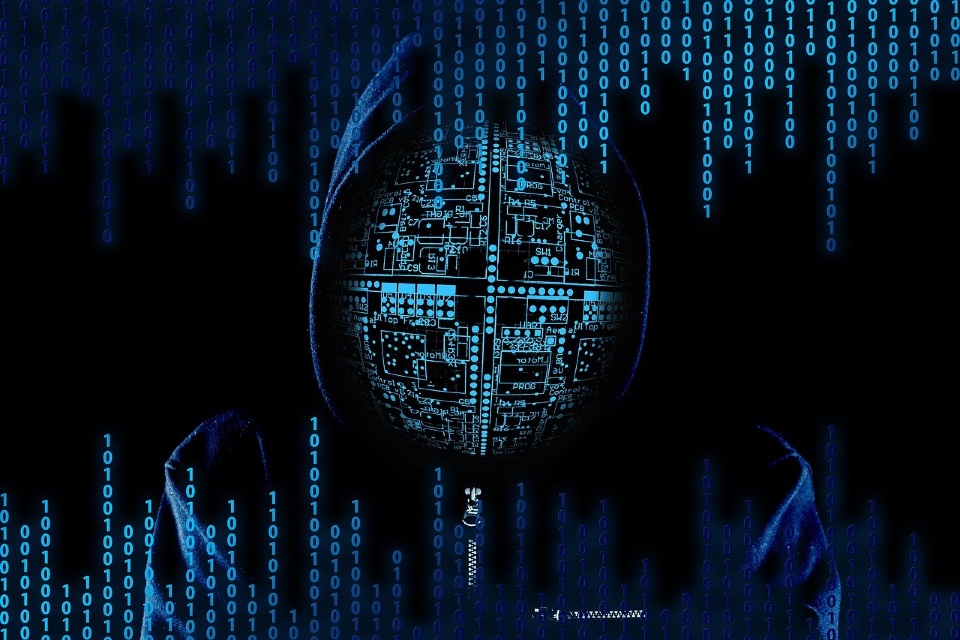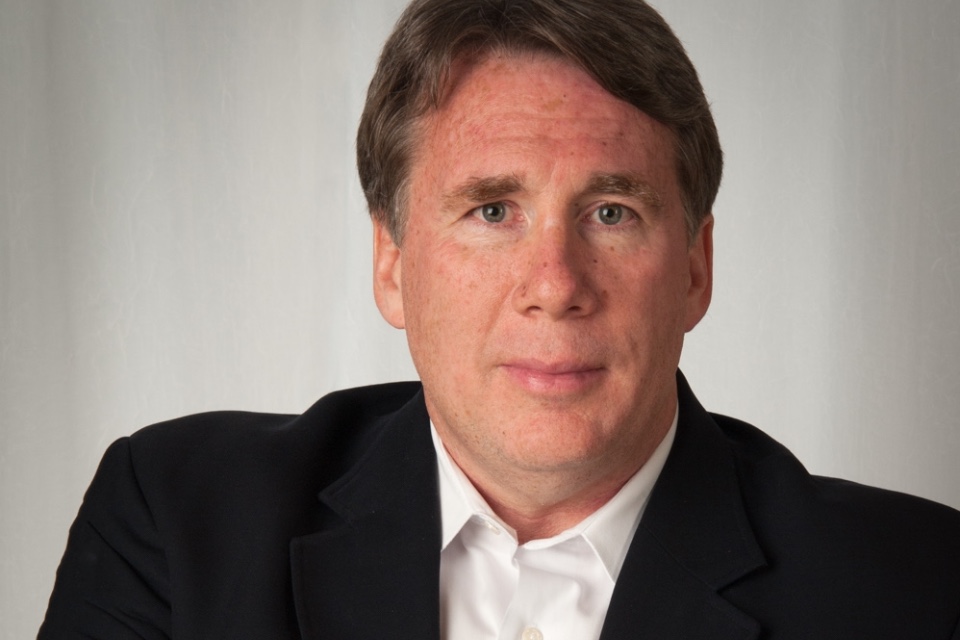Just one crack – That’s all a hacker needs…
https://cybersecureforum.co.uk/wp-content/uploads/2022/05/portsys-security-4700815_1280.jpg 960 640 Guest Post Guest Post https://secure.gravatar.com/avatar/cb2a67f15cd7d053d8e638a1df3fd67f?s=96&d=mm&r=gBy Michael Oldham, CEO of PortSys, Inc.
Just one crack. That’s all a hacker needs to find to cripple your organization. Here are three essential steps to take to stop that crack from blowing your infrastructure wide open for bad actors:
Multi-factor authentication (MFA) that includes device validation, certificate checks, Geo IP intelligence and other security policies makes it much harder for hackers to get inside your infrastructure by stealing, guessing or buying credentials.
Close ports across your legacy infrastructure that you opened for cloud, web services, Shadow IT and other applications. This will minimize your exposure to hackers through the internet. Every open port – such as VPN, RDP, MDM, Web Servers, cloud services or infrastructure – is another point of attack hackers gleefully exploit.
A single crack in just one port increases your exposure dramatically. And your IT team already fights a losing battle trying to manage, maintain, patch and install updates for all those security solutions for those open ports. Closing ports to better secure your organization has a real, direct, significant, long-lasting business benefit.
Segmentation of resources limits the damage anyone can do inside your infrastructure in the event you are breached. Everyone is committed to keeping hackers out, but the truth is they still get in, or you may even be a victim of an insider attack.
Segmentation prevents bad actors from pivoting once they are inside to gain access to other parts of your infrastructure, where they can steal or lock up data. With segmentation, those compartmentalized resources aren’t accessible without proper authentication.
Another benefit of segmentation is that it doesn’t have to just be at the network level. Segmentation can be done at the resource level through intelligent policies that provide access to resources only under specific circumstances.
These three steps help prevent just one crack – or several – that puts your infrastructure at risk to ensure much greater security across your enterprise. And that’s good for any business.
Michael Oldham is CEO of PortSys, Inc., whose Total Access Control (TAC) Zero Trust solution is used by enterprise organizations around the world to secure their infrastructure.


